About a year ago I posted about my efforts to design and build a passive solar greenhouse that could maintain enough heat to grow salad greens throughout our could Blue Ridge Mountain winters Link: http://www.narrowpassagepermaculture.com/passive-solar-greenhouse-project The project is about 80% complete and it has been fantastic having fresh salads when the thermometer outside was reading 5◦F with a howling wind. Knowing that there were no pesticides or other chemical agents on the greens was obviously a plus.
For nights when the temps dropped into the teens or single digits there were three measures designed into the system that enabled us to still have plants to eat the next day.
- Plant variety selection- We chose plants that don’t really mind the cold. Of course, productivity and culinary flavor played into the selection as well, but we deliberately chose plants that would be tolerant of cool temperatures.
- Normally, if there is even a bit of sunlight, the greenhouse will warm up well into a low of 50’s and up into the 80’s or even 90’s on a bitterly cold day. If the temps at night are calling for temperatures in the low 20’s or below, we will pull a thin mil plastic sheet over hoops over the beds. The soil temperature will keep the plants under the plastic in the high 30’s with no problem.

- Thirdly, Though we have had a small electric heater for plants, not in the beds, it was hoped that energy inputs would be minimal. An inventor friend designs rocket type stoves and built one designed for greenhouses. If the temps are going to be single digits after a few days of cloudy skies, we fire up the rocket stove and with a partial bag of pellets (the stove will run on sticks and junk mail as well, but the pellets will feed over a longer period of time), we can bring enough heat to get through the cloudy cold period.
The plan has been to experiment this past fall and winter with plant varieties and cold management. We will plan to focus in on succession planting next year. The varieties we chose were sufficiently productive that until late January, we did not have need or room to re-seed beds. Numerous varieties finished at once and as you can see by the photo on top, we have bed space without productive plants. There are shoots coming through the soil, but the empty spaces have greens only a millimeter high or so.
The following is a list of varieties we tried. Everything grew…though som plants (like carrots) were too slow for our desired process.
- Spinach
- Kale-Russian
- Kale-Dinosaur
- Rainbow Chard
- Bok Choi- Chinese cabbage
- Carrots
- Red Beets (for greens)
- Yellow beets (also for greens)
- Collard Greens
- Arugula
- Romaine Lettuce
- Mâche
There were a few notable suprises. Bok Choi is amazing for greenhouse purposes. Very hardy and very productive, Great for salads, cooked, stir fry. Has crazy high nutritional properties. We did not have a lot of experience before….but we do now! Arugula is for Pizza. Apparently this is an international thing but we only learned of it recently. Cook your pizza (we use a kamado grill) and after you pull it out cover it with Arugula. delicious!
Fresh greens should be a part of everyone’s diet. It is difficult to get local fresh greens in cold temperate climates without the benefit of a greenhouse. As I said in my starting post about the greenhouse, finding someone to build a passive solar greenhouse was almost impossible, unless you wanted to fly someone in.
I designed this greenhouse to be manufactured, meaning it is shippable on a flatbed trailer that delivers out- buildings and sheds. So now anyone can benefit from the sun’s growing power year round.
There are two grow beds, one being about 16 feet in length and the other about 12 feet. the beds are about 30 inches wide, which allows three passes with the seeder, each pass with four rows. Read the first post for information on the passive solar water barrel system and for more info on the “passive”part of the solar design.



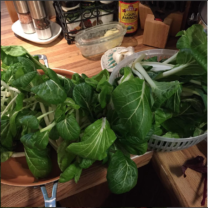
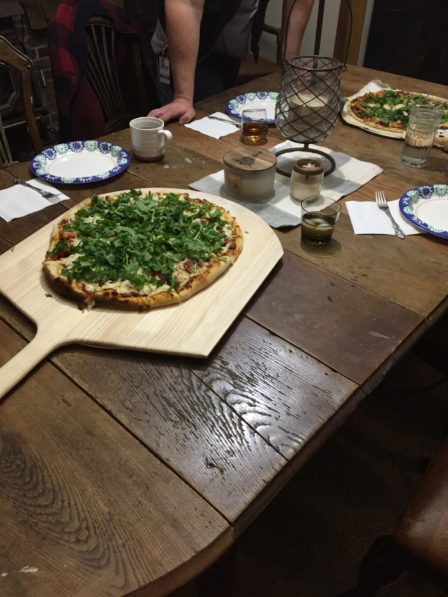
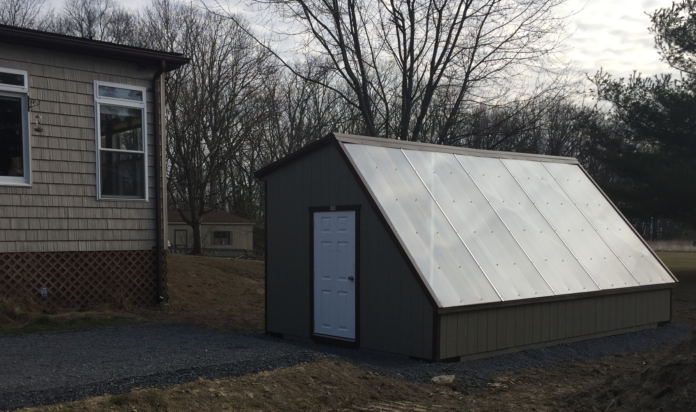
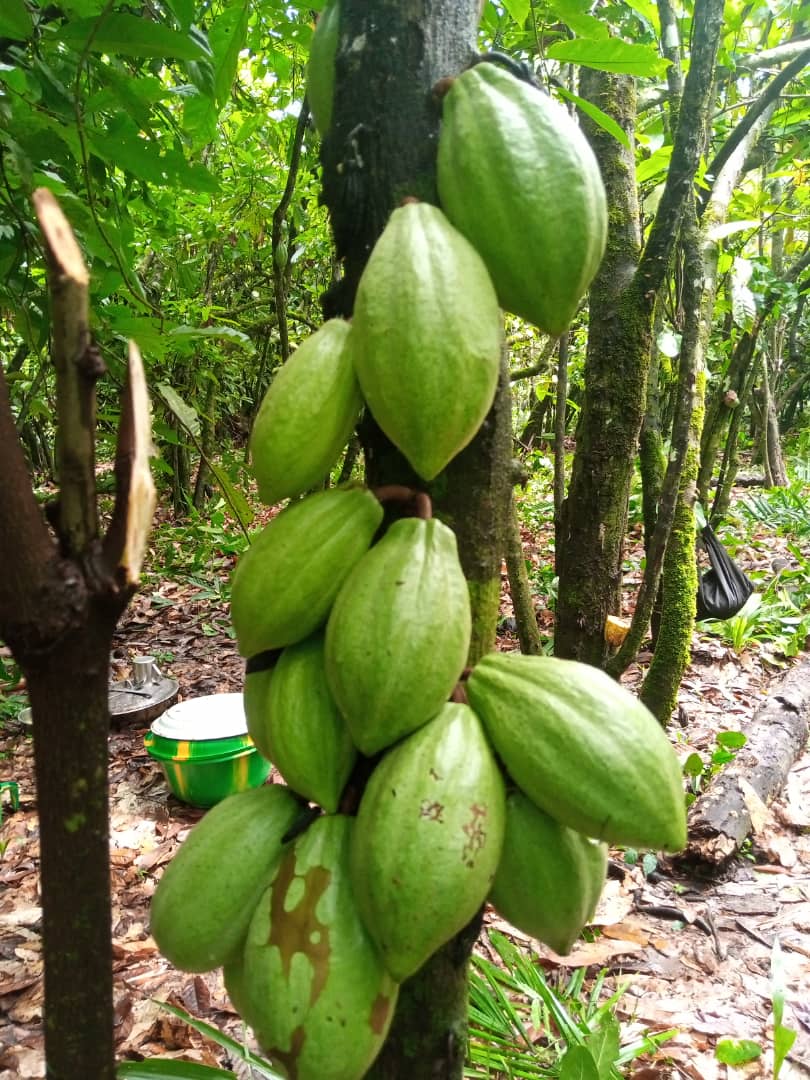
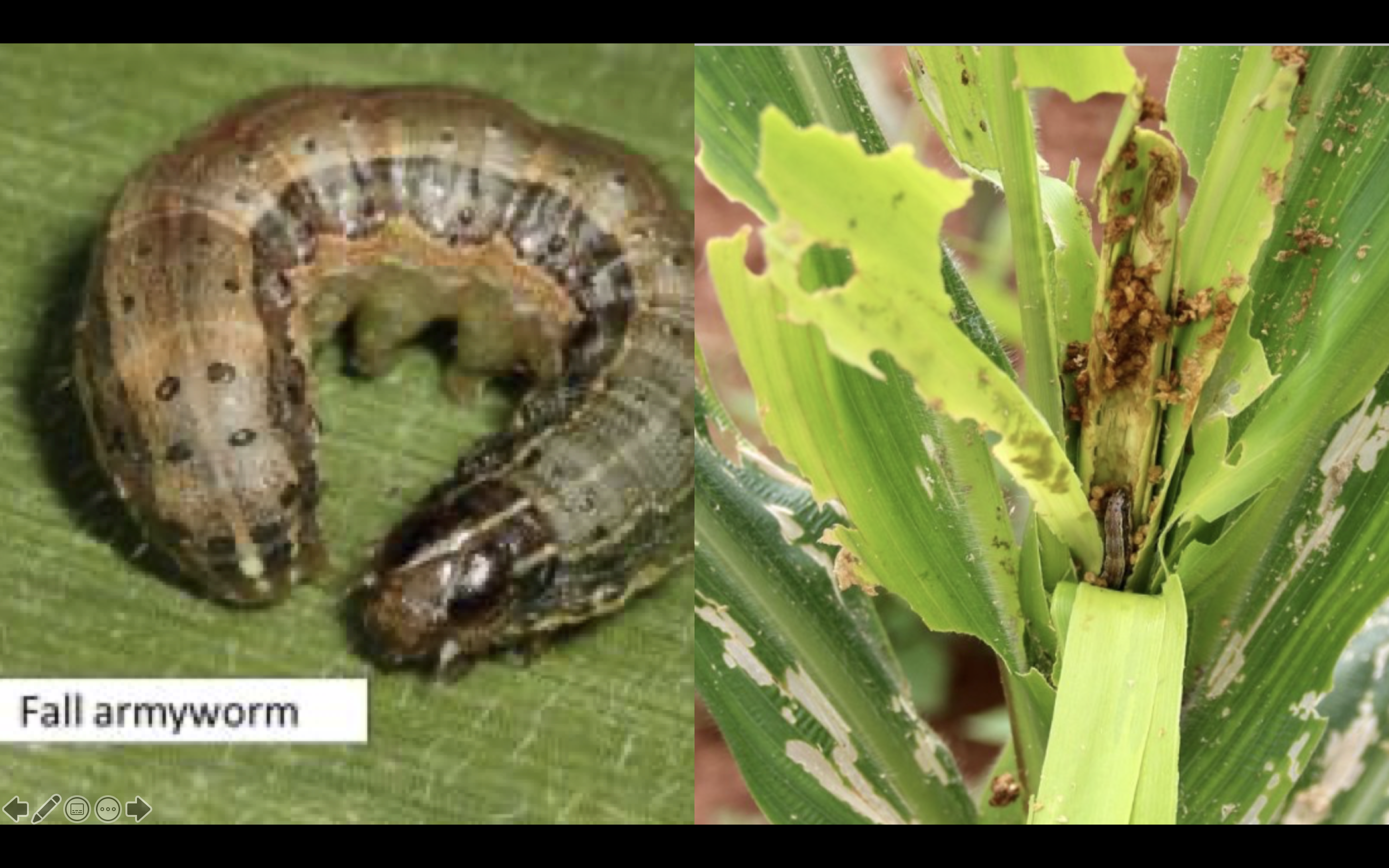

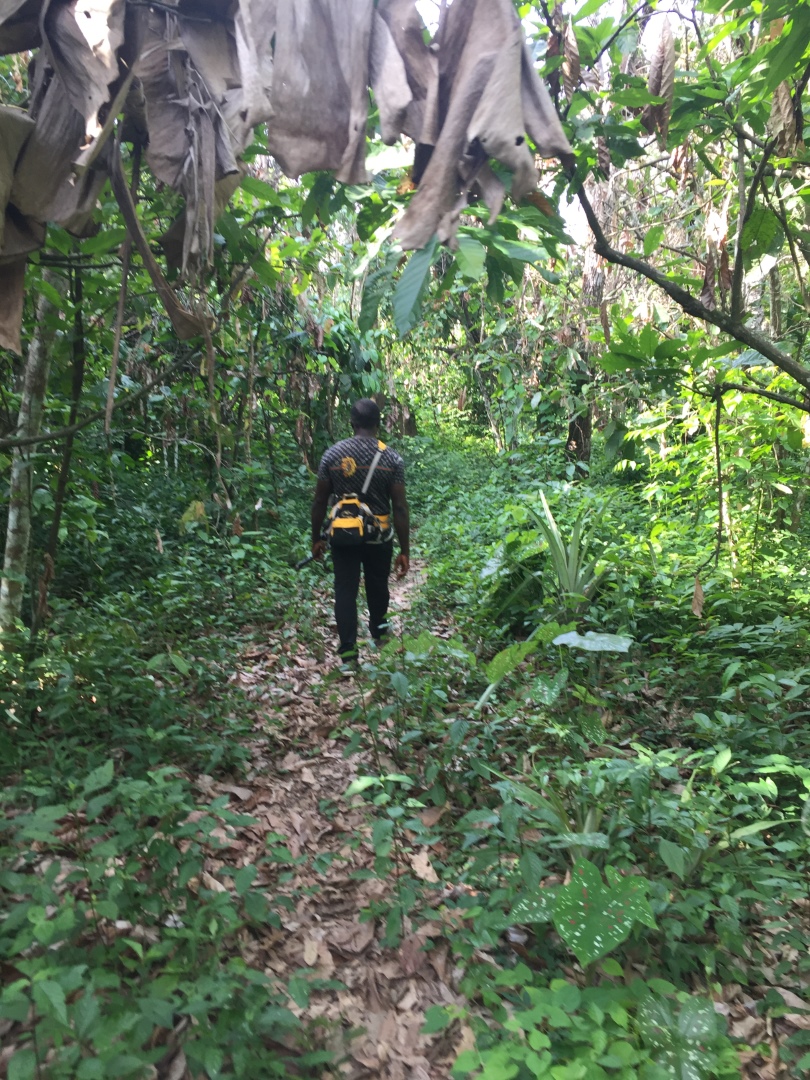
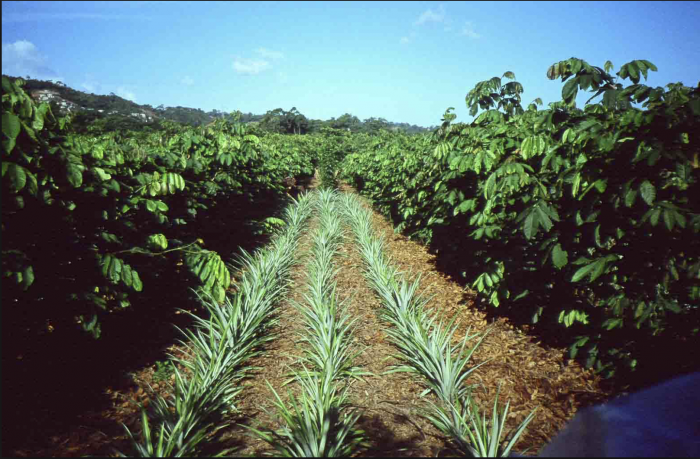
Leave A Comment
You must be logged in to post a comment.